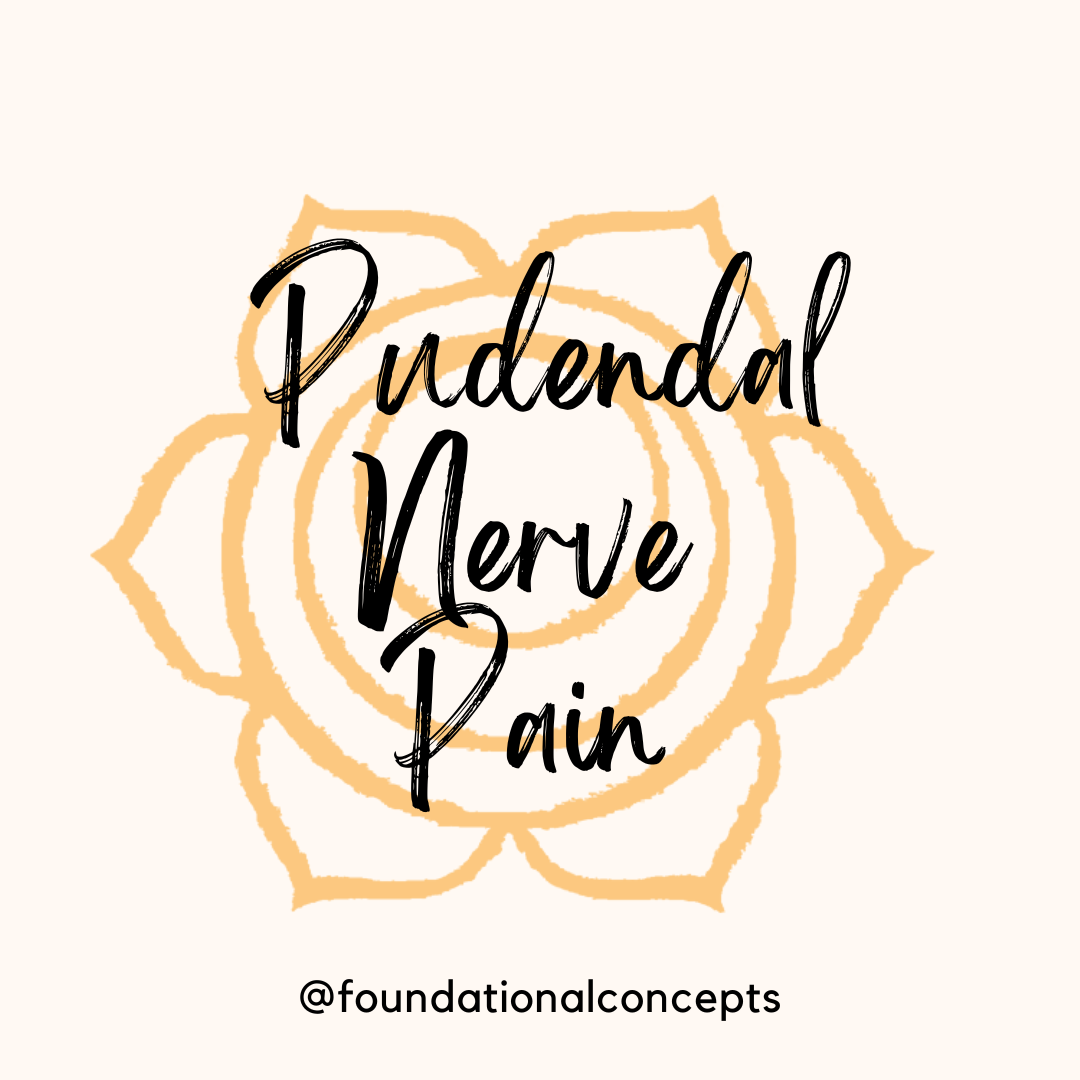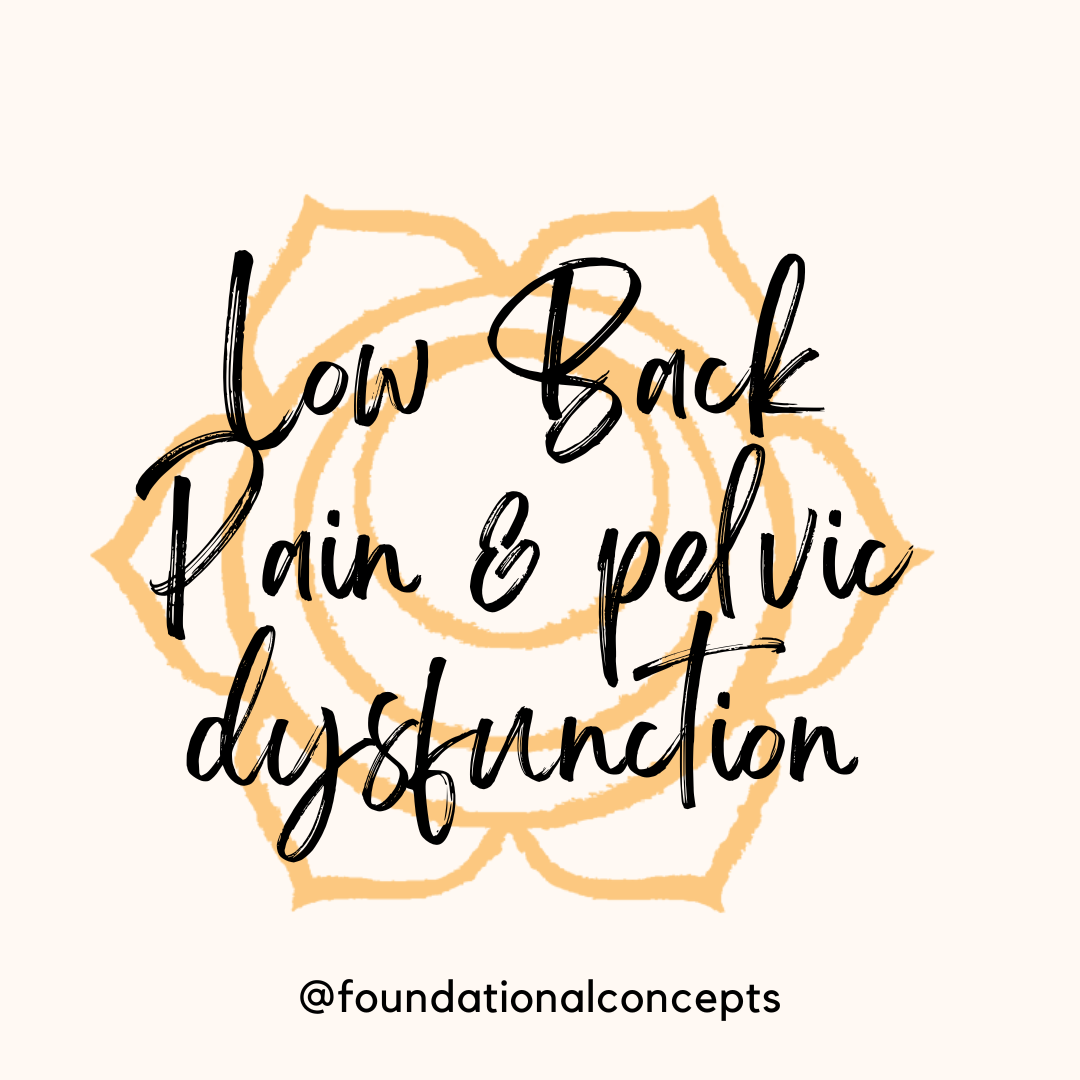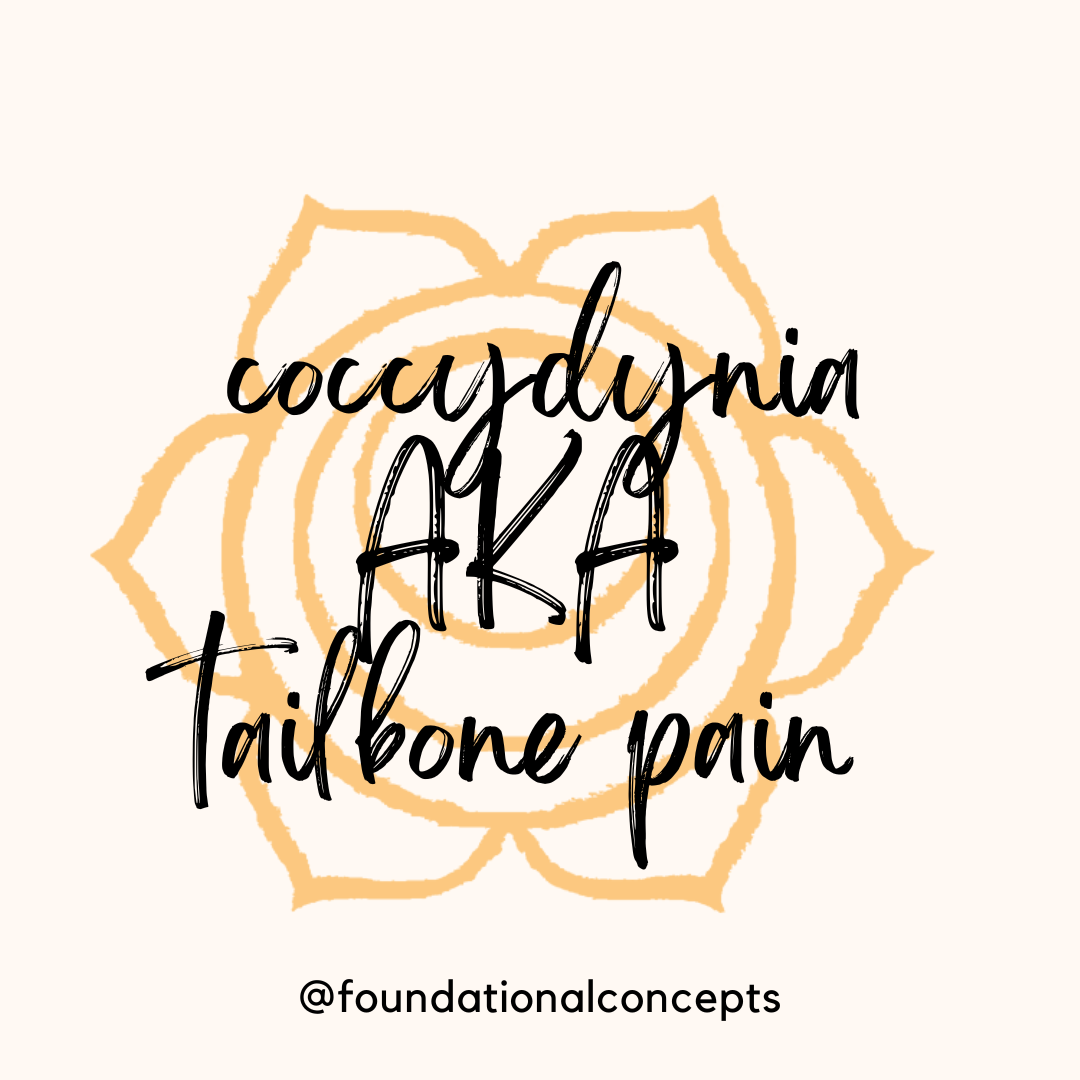Pelvic pain can be challenging to figure out. It can be embarrassing to talk about. …

Chronic Pain
Chronic pain is defined as “pain that persists beyond normal healing tissue time, which is generally thought to be between three and six months.”1 Chronic pelvic pain can be caused for many reasons including: trauma, disease pathology (poly-cystic ovarian syndrome, endometriosis, etc.), muscle tension or tone, neurological damage, or surgeries. Typically we think of the physical causes of pain as previously described, however pain can exist regardless of injury. How is this possible?
To better understand this here is an example: say that you were crossing the street and upon stepping off the curb you roll you ankle, spraining it. As you look up, you see a car is coming towards you. You immediately get up and run across the street. Upon getting to the other side of the street you realize your ankle is in pain. But why did you not experience immediate pain? And how were you able to run across the street?
Current research now shows that our brain constructs pain based off of experience, situation and what signals our bodies give us. When you are in danger, as in the example above, our brains interpret the pain as “unnecessary” to allow yourself to survive. Once the person is safe the ankle sends “danger signals” to the brain to alert us that the ankle is injured. The International Association for the Study of Pain defines pain as an “emotional experience.” This does not mean the pain is psychosomatic, it means it is more complex than we ever imagined!
So what happens when we have chronic pain? When we have pain for 3-6 months or longer we end up overwhelming our brains with input from our bodies (danger signals). When our brains (central nervous system) are bombarded by this input our brains get confused and send mixed signals. This means that you may interpret a non-painful stimulus (example: light touch) as painful or pain will seem to come and go without a reason. It is also important to note that our brains do not forget where we have had prior pain. In research, it is evident that even after tissue has healed, the brain interprets many other stimuli (such as stress) and direct it towards having pain in the region where the person had experienced the most pain in the past.
So what can you do to help your chronic pain? Seeking individual treatment is imperative. Research has concluded that individual treatment was found to be superior to group treatment.1 Physical therapy can help! Physical therapy encompasses a “mind-body” approach to treat chronic pain. Physical therapists can perform a variety of techniques to address both your physical pain and emotional pain, by performing techniques such as laterality and motor imagery.
Dealing with chronic pain can be extremely frustrating and difficult. Remember that chronic pain is multifaceted and it is important that you encompass a treatment that addresses both your mind and body. You are not alone in your experience and it is important that you seek proper treatment and understanding about your pain!
Kristin Anderson, PT, DPT
This blog is here for your help. It is the opinion of a Licensed Occupational Therapist. If you experience the symptoms addressed you should seek the help of a medical professional who can diagnose and develop a treatment plan that is individualized for you. If you enjoyed this blog, check out our website at foundationalconcepts.net for more blog entries and to learn more about our specialty PT practice, Foundational Concepts. Follow us on Twitter @Foundational1 and like us on Facebook/Foundational Concepts for updates.
1 Louw, A and Puentedura, E. “Therapeutic Neuroscience Education: Teaching patients about pain.” International Spine and Pain Institute, 2013.




This Post Has 0 Comments